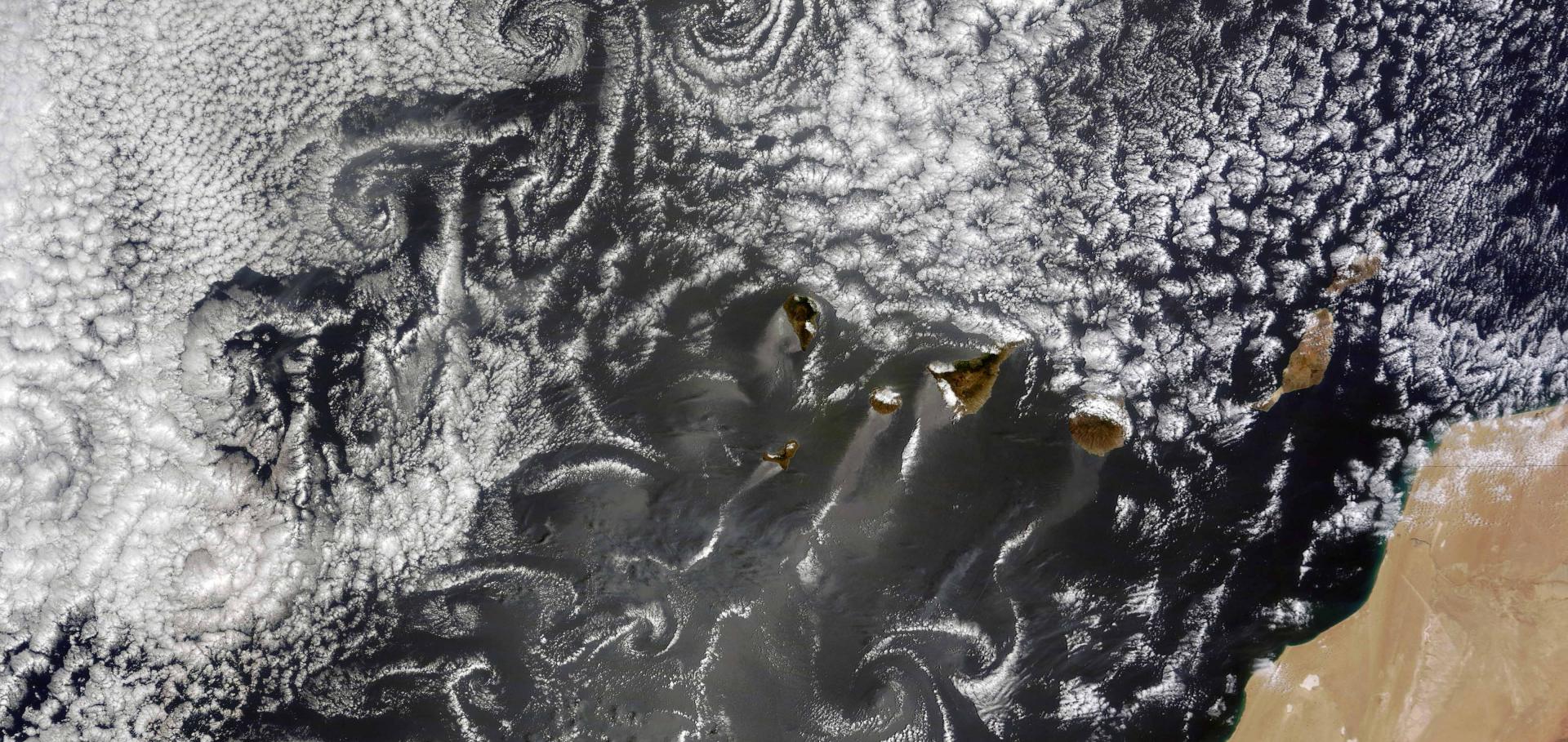Multifractal Analysis for Evaluating the Representation of Clouds in Global Kilometre-Scale Models
(2024)
Pushing the frontiers in climate modelling and analysis with machine learning
Nature Climate Change Springer Nature 14:9 (2024) 916-928
Abstract:
Climate modelling and analysis are facing new demands to enhance projections and climate information. Here we argue that now is the time to push the frontiers of machine learning beyond state-of-the-art approaches, not only by developing machine-learning-based Earth system models with greater fidelity, but also by providing new capabilities through emulators for extreme event projections with large ensembles, enhanced detection and attribution methods for extreme events, and advanced climate model analysis and benchmarking. Utilizing this potential requires key machine learning challenges to be addressed, in particular generalization, uncertainty quantification, explainable artificial intelligence and causality. This interdisciplinary effort requires bringing together machine learning and climate scientists, while also leveraging the private sector, to accelerate progress towards actionable climate science.Has Reducing Ship Emissions Brought Forward Global Warming?
Geophysical Research Letters Wiley Open Access 51:15 (2024) e2024GL109077
Abstract:
Ships brighten low marine clouds from emissions of sulfur and aerosols, resulting in visible “ship tracks”. In 2020, new shipping regulations mandated an ∼80% reduction in the allowed fuel sulfur content. Recent observations indicate that visible ship tracks have decreased. Model simulations indicate that since 2020 shipping regulations have induced a net radiative forcing of +0.12 Wm−2. Analysis of recent temperature anomalies indicates Northern Hemisphere surface temperature anomalies in 2022–2023 are correlated with observed cloud radiative forcing and the cloud radiative forcing is spatially correlated with the simulated radiative forcing from the 2020 shipping emission changes. Shipping emissions changes could be accelerating global warming. To better constrain these estimates, better access to ship position data and understanding of ship aerosol emissions are needed. Understanding the risks and benefits of emissions reductions and the difficultly in robust attribution highlights the large uncertainty in attributing proposed deliberate climate intervention.Multifaceted aerosol effects on precipitation
Nature Geoscience Springer Nature 17:8 (2024) 719-732
Abstract:
Aerosols have been proposed to influence precipitation rates and spatial patterns from scales of individual clouds to the globe. However, large uncertainty remains regarding the underlying mechanisms and importance of multiple effects across spatial and temporal scales. Here we review the evidence and scientific consensus behind these effects, categorized into radiative effects via modification of radiative fluxes and the energy balance, and microphysical effects via modification of cloud droplets and ice crystals. Broad consensus and strong theoretical evidence exist that aerosol radiative effects (aerosol–radiation interactions and aerosol–cloud interactions) act as drivers of precipitation changes because global mean precipitation is constrained by energetics and surface evaporation. Likewise, aerosol radiative effects cause well-documented shifts of large-scale precipitation patterns, such as the intertropical convergence zone. The extent of aerosol effects on precipitation at smaller scales is less clear. Although there is broad consensus and strong evidence that aerosol perturbations microphysically increase cloud droplet numbers and decrease droplet sizes, thereby slowing precipitation droplet formation, the overall aerosol effect on precipitation across scales remains highly uncertain. Global cloud-resolving models provide opportunities to investigate mechanisms that are currently not well represented in global climate models and to robustly connect local effects with larger scales. This will increase our confidence in predicted impacts of climate change.A systematic evaluation of high-cloud controlling factors
Atmospheric Chemistry and Physics European Geosciences Union 24:14 (2024) 8295-8316


